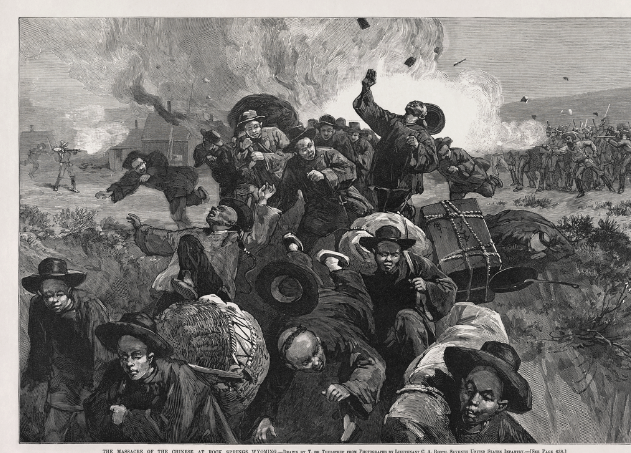I’ve been thinking about an explanation of the Commodity Fetish, an idea Marx often used, on Wikipedia, and not finding it.
The definition there is briefly expressed as:
Hence did Karl Marx apply the concepts of fetish and fetishism, derived from economic and ethnologic studies, to the development of the theory of commodity fetishism, wherein an economic abstraction (value) is psychologically transformed into an object, which people choose to believe has an intrinsic value, in and of itself.
The article largely follows this idea, of the commodity fetish as a kind of obscuring of labor, and a kind of alienation of the commodity from the worker.
In the American context, people tend to regard the commodity fetish as a proxy for human interrelationships. Instead of having a relationship between people, we have relationships between objects and money.
The definition I heard in college was the idea of the commodity being sold, in the market, as a requirement for profit to be created. Perhaps that is a more market-oriented explanation. This TA was good at explaning Marx – and was from Eastern Europe pre-Glasnost, so, knew Marx well. (This is something I still notice. People who learned Marx in the USSR have simpler explanations about Marxism.)
I thought it was also lexically more correct. A fetish is an object that allows something – a ceremony, sex, religious worship, something that’s not the fetish – to occur. A commodity fetish is an object that allows market exchange value to be realized. I think this is worth exploring.
Labor Inputs
When you create a commodity for sale, there’s a bunch of up-front costs, like buying the materials, working on it, and getting it to market. These are either sunk costs, or unpaid labor.
When the exchange of the commodity for money occurs, all the profits are realized.
The object is a fetish. Money is also a fetish – it’s an object that is a proxy for the object and the labor required to make the object.
Generic Goods
I’m going to depart a little bit from Marx, and do a little lexical split: commodity and fetish. The commodity side is well known. It’s something that’s sold, has material and labor inputs, and is sold into the market, and realizes a profit. The profit on a commodity is close to zero.
Back in the 1980s recession, stores started selling “generic” items. These were similar to store brands, but in plain packaging.
They weren’t entirely unpopular, but they didn’t last too long.
Labor inputs were lower than for branded products, because the products lacked distinctive branding. Each product did not have its own advertising.
Eventually, the stores phased out generics, and expanded their “store brands” with slightly less generic looking packaging. They would just buy private label products and put a store brand on it.
Let’s now consider the commodity as fetish. How do you make a commodity more profitable? It’s by layering the commodity with additional meaning.
The point of all the advertising is to add a mythical quality to the object, so you’re more likely to make the purchase. The marketing and advertising makes you more likely to pay the extra dollar to buy Green Giant corn instead of the store brand, or a generic brand. The object has greater prestige, and is more desirable.
At the same time, you can’t eat advertising. You want corn. So you need the commodity, or the exchange won’t happen, and the profit won’t be realized.
This is just like the commodity fetish, above, but even more so, because you’re trying to realize a profit on the commodity with all the branding costs in addition. The commodity becomes even more fetishized.
Social Media
Social media is another level of fetishization of commodities, but the commodities are digital information objects. Clicking on the heart/likes, sharing data objects, and writing comments are all labor. The labor produces objects that accrete onto the data objects.
The “halo” produced by social media activity contributed a perceived value to the information object.
Where does the object get exchanged for money? Well, it doesn’t, because the object can be duplicated for free. The exchange happens when Facebook offers to help you create that social media “halo” by “boosting” a post.
You put in all this work to build up your lists, and then you find out that you need to pay Facebook to be able to reach out to your people.
I found a few articles, and don’t know if they’re good or bad, but here they are. More stuff to read:
Marxian Alienation and Commodity Fetishism in Social Media by Brandon Ching PhD
Social Media Fetishism by Ian Andew Lepkowsky
The Digital Labour Theory of Value and Karl Marx in the Age of Facebook, YouTube, Twitter, and Weibo by Christian Fuchs
The New (Media) Fetish Character of the Commodity: Social Networks as Sites of Affective Labor by Keven Pementel







Leave a Reply